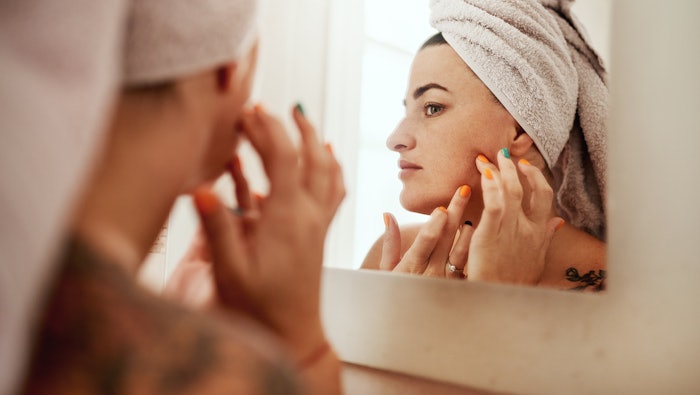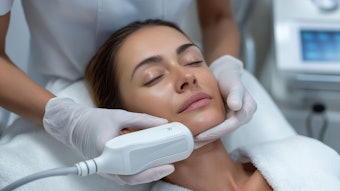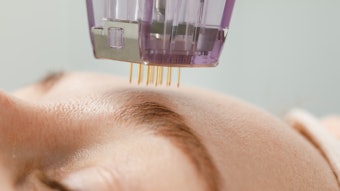
Adult female patients visit dermatologists for acne almost 3x as much as male patients, according to a 2023 study in PLOS One by Yale School of Medicine researchers Jungsoo Chang, BSE, Michael R. Nock, BA, Jeffrey M. Cohen, M.D. and Christopher G. Bunick, M.D., Ph.D., detailed in an article from Dermatology Times.
The study found that 10% of adult female patients aged 20 years old or older saw a dermatologist for acne, compared to 4.1% of males. The researchers also found that tetracycline-class antibiotics were the most prescribed acne treatment by all providers for all age groups of female patients, occurring in 22.9% of visits.
Related: [Editor's Picks] 4 Products that Use Probiotics to Combat Aging Skin
Methodology
The Yale researchers told Dermatology Times that the study aimed to dispel the myth that adult women can't get acne unless something is wrong. They acknowledged that previous studies have analyzed the self-reported prevalence of acne by specific age groups, but that their study is the first to look at healthcare utilization and treatment for acne stratified by age and sex.
The authors also suggested that more research may be needed to understand the broader trends and treatments specific to adult female acne, as adult acne may have a different pathogenesis than juvenile acne, per Dermatology Times.
The study looked at a weighted total of 282,877,917 dermatology visits for female patients aged 13 years and older from 2002 to 2016, using the National Ambulatory Medical Care Survey (NAMCS), to analyze patterns from in-office visits and acne treatments for female patients aged 13 years and older in the U.S. categorized by age.
They analyzed the prescription of topical and systemic agents for female patients pursuing acne treatment by all provider types, which included physicians and advanced practice providers in all specialties, as well as non-dermatology specialties of primary care, family medicine, obstetrics and gynecology and more.
Related: The Cause of Fungal Acne & How it Differs from Bacterial Acne
The identified medication groups included systemic tetracycline-class antibiotics, spironolactone, combination oral contraceptive pills, topical tretinoin only, topical antibiotic only or a combination of topical tretinoin and antibiotic. Tetracycline-class antibiotics were the most prescribed acne treatment by all providers for all age groups of female patients, but there was a noted increase in prescriptions of spironolactone from 2012 to 2016. Spironolactone was the second most prescribed acne therapy for female patients ages 20 to 29 and the most prescribed therapy for female patients ages 30 to 39 between 2012 and 2016.
Results
While the majority of dermatology visits for acne regardless of sex were during teenage years, researchers found a significantly higher proportion of dermatology visits for acne among female patients compared to male patients after age 20. Among all dermatology office visits, a diagnosis of acne was made at 44.4% of visits for females ages 20-29, 22.9% for females ages 30-39, 12.4% for females ages 40-49 and then decreased substantially for females beyond age 50 (1.8%), according to the study.
Most female patients 13 years old and older diagnosed with acne were seen in a dermatology practice, and when compared to other specialties, there was a larger proportion of patients with private insurance seeking a dermatology specialist compared to other types of insurance. More adolescent patients with acne were treated by specialties other than dermatology (51% vs 35%), per the study.
Limitations identified in the study include the American Academy of Dermatology’s acne treatment guidelines not being released until 2016 at the end of their data set and the differences in the use of antibiotic acne medications and antihormonal medications based on specialty and provider type. The authors acknowledged the potential that they could not accurately consider isotretinoin due to its inconsistent representation in the data.
From the data collected in the study, researchers concluded that there is a significant number of dermatology visits by adult female patients with acne aged 20 years and older, as well as a statistically significant difference between the proportion of dermatology acne visits in adult female patients compared to adult male patients.











